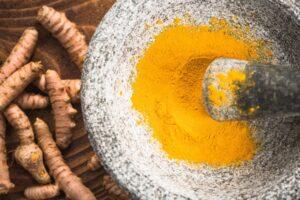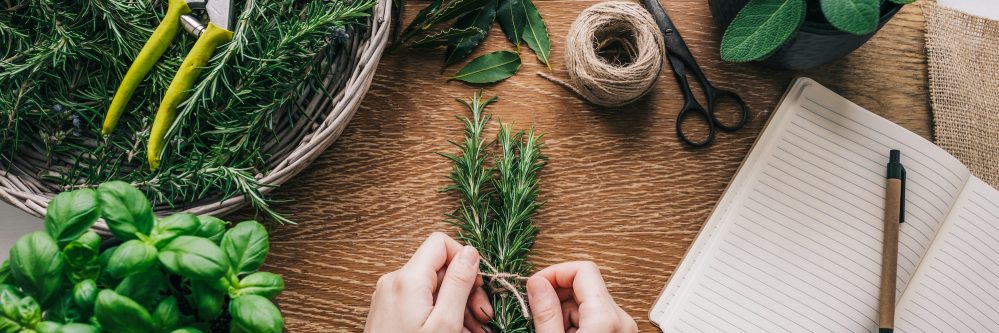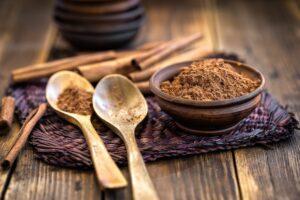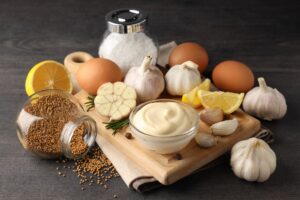
Springtime Garden Ready Herbs

As spring quickly approaches, it’s time to start gardening and getting your backyard ready for some fun in the sun. Adding some herb plants to your garden is an easy way to add a fresh, unique taste to all kinds of food and drinks. You can even save and dry them for a nice custom blend seasoning later. Before we dive into some of the many different and exciting herbs you can plant, here are a couple of things to consider before starting.
First, plan the location. Planting an herb garden near your kitchen or in an area that’s easily accessible is key. You want to be able to enjoy and use your fresh herbs as much as possible. Keep in mind, herbs can be grown in pots and placed almost anywhere in your backyard, even right in your kitchen. When choosing a location to grow herbs, remember herb plants thrive in full sun. Sun helps provide more dense foliage, darker color and higher levels of essential oils which bring out the rich flavor you want while cooking. If shaded too much, the herbs are weaker and do not give off as much aroma. Lastly, make sure to plant your herbs in good quality potting soil which ensures proper drainage. If the soil does not drain properly it can cause the roots to rot and plants to decay over time.
Many people would be surprised at the wide variety of herbs you can plant in your garden. There are common herbs like, rosemary, mint and basil. Then, there are more exotic herbs such as lemongrass, coriander and fennel.
Common Herbs
Basil is a crowd favorite when it comes to herbs, commonly used in Mediterranean and Italian cooking, most would not know this herb originated in India. Basil can be used in several different summer dishes such as homemade pesto or lemon basil chicken. You can even use basil in a refreshing summer cocktail like a watermelon basil spritzer. Mint, or commonly known as spearmint is another great herb to grow in your summer garden. This super hardy plant is great for any garden, even if you don’t have a green thumb. Be mindful of where you choose to plant your mint as mint can be invasive to other plants in your garden. To avoid it from taking over, plant in a pot or segregated area. Mint can be used to make your own herbal teas, a famous Cuban Mojito, or mint cucumber salad.
Two Herbs in One!
A less common herb to grow in your garden is coriander, you may not know the whole coriander plant is edible. The seeds themselves are known as coriander, used in many Thai and Chinese dishes. While the leaves and stems are commonly known as cilantro, which is famous in many Mexican and Caribbean dishes. It’s crazy to think one plant can produce two different herbs with such different flavor. Cilantro is very fragrant, has a citrus aroma and is known to add a refreshing taste when adding to dishes. While coriander is warmer and nutty with a hint of citrus taste.
Hardy Herbs
Living in the Rocky Mountain Region, there are a few herbs that grow especially well in our climate. Sage is the first herb that comes to mind when thinking about gardening in Colorado. Its flavor consists of a slightly earthy taste with some bitter notes, and a pine-like flavor. These flavors pair well with any poultry or sausage dish. Sage is a pretty strong herb, so be careful not to use too much when adding to your dish or it could overpower the other components. Another great hardy herb to plant in your front range garden is chives, they add a great fragrant flavor to a variety of dishes. Cooking chives can weaken the flavor, therefore they are great with dishes like an omelet, seafood, egg salad, as a garnish just before serving.
There are hundreds of different herbs you can plant in your garden; each add a fun, unique flavor to any dish you are planning to make. Happy Gardening and Happy Cooking!




